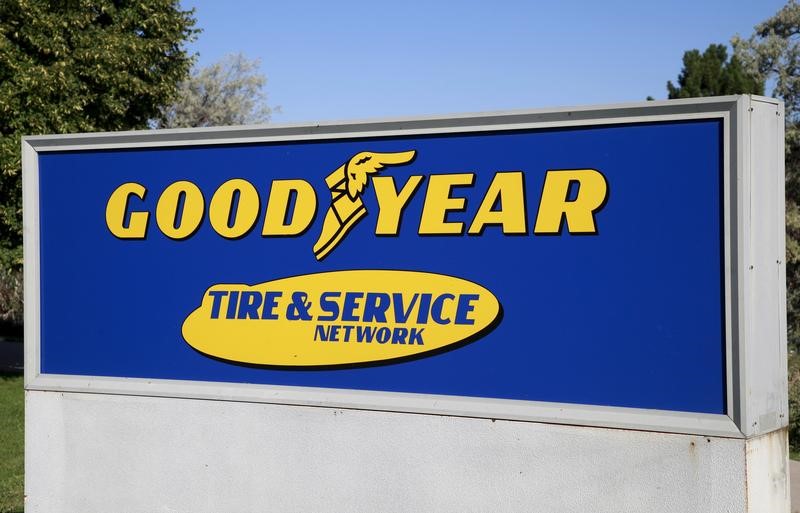By Leela Parker Deo
NEW YORK (Reuters) - The repricing wave that has swept through the US leveraged loan market is gathering momentum in the riskier second-lien market as tumbling institutional term loan yields open the door to issuers seeking to cut borrowing costs further down the capital structure.
Second-lien loans, which have second claim over assets in a bankruptcy situation, are usually considered riskier and more expensive than their first-lien counterparts. But the relentless downward pressure on first-lien pricing has already pushed second-lien yields to a two-year low.
The average yield on second-lien term loans has fallen to 9.92%, the lowest level since 2Q15, according to Thomson Reuters LPC data.
Luxury fitness center Equinox Holding is taking advantage of market conditions and finalized a US$1bn credit facility on Thursday that refinances existing first- and second-lien debt. Equinox successfully cut the spread on a US$200m second-lien term loan to 700bp over Libor, 50bp tighter than launch guidance, as well as cutting the pricing on an US$800m first-lien term loan to 325bp over Libor, which saved 25bp on initial guidance.
Tire maker Goodyear also repriced its US$400m second-lien term loan via JP Morgan at 200bp over Libor with a 0% floor after being guided in the 200bp-225bp range.
The deal includes a step-down to 175bp over Libor when total net leverage drops to 1.25 times.
The crush of institutional capital flowing into the loan market in search of higher returns is boosting appetite for second-lien paper which is junior to first-lien term loans and still offers investors some additional income in a market where yields have otherwise collapsed.
Junk-rated companies have been lining up in record numbers to slash interest costs on senior debt since the second half of 2016, taking advantage of the massive supply demand imbalance in the U.S. leveraged loan market. The average yield on first-lien institutional term loans has dropped precipitously, hitting 4.52% so far in the first quarter, the lowest level since 2004.
Second-lien issuance has been solid this year, with US$4.15bn of new money and refinancing completed year-to-date. This is more than double the US$1.54bn booked in the first quarter of 2016, but roughly half that of the US$8.59bn recorded in the fourth quarter of 2016 when demand accelerated.
MID MARKET
The abundance of capital and competitive hunt for yield in U.S. middle market lending as well as a lack of volatility is increasing the appeal of second-lien for mid-sized U.S. issuers, and curbing the ability of alternative debt capital providers to win mandates for unitranche loans, lenders said.
A recent Thomson Reuters LPC survey of middle market lenders found that 42% of respondents said sponsors favor a first-lien and second-lien structure today, while 27% said the unitranche is the preferred structure. This is a significant shift from a year ago when half of the respondents said sponsors favored unitranche.
“It makes sense to put in a tranche of second-lien debt into a buyout,” said one middle market investor of the current market. “The higher cost debt can be taken out if the company performs well.”
Unitranche loans provide borrowers with both senior and subordinated debt in the form of one credit instrument at a blended cost of capital. The structure is more expensive - yielding on average approximately 8%-9% - but provides more certainty, which sponsors prefer in more volatile markets when capital flows less freely.
“Second-lien offers the flexibility to take out the higher cost debt later. With unitranche loans you have to refinance the whole facility,” a middle market investor said.
Although second-lien lending is currently resurgent, volume is expected to continue to ebb and flow in line with market volatility and investors' appetite for risk, which is currently high with relatively low returns on offer elsewhere.

“The second-lien market will continue to go up and down,” the investor said. “It’s the hardest to sell when markets turn volatile.”